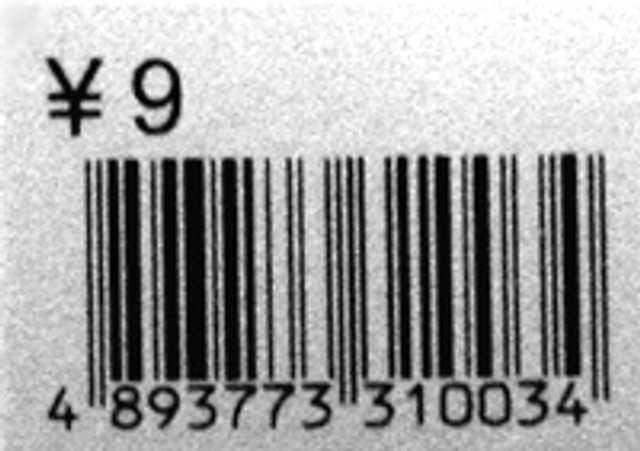¥

¥

| ¥¥ | |
|---|---|
yen, yuan | |
The yen or yuan sign (¥) is a currency sign used by the Japanese yen and the Chinese yuan currencies. This monetary symbol resembles a Latin letter Y with a single or double horizontal stroke. The symbol is usually placed before the value it represents, for example ¥50, unlike the kanji/Chinese character, which is more commonly used in Japanese and Chinese and is written following the amount: 50円 in Japan and 50元 in China.
| ¥¥ | |
|---|---|
yen, yuan | |
Code points
The Unicode code point is U+00A5 ¥ YEN SIGN (HTML ¥ · ¥). Additionally, there is a full width character (¥) at code point U+FFE5 ¥ FULLWIDTH YEN SIGN (HTML ¥ · In the block "Halfwidth and Fullwidth Forms") for use with wide fonts, especially East Asian fonts.
The Latin 1 character set assigned code point A5 to the ¥ in 1985. This was quickly adopted by many computer systems which used either the ISO/IEC 8859-1 or Windows-1252 encodings. IBM Code page 437 used code point 9D for the ¥ and this encoding was also used by several other computer systems.
In JIS X 0201, of which Shift JIS is an extension, the yen sign has the same byte value (0x5C) as the backslash in ASCII. This standard was widely adopted.
Japanese-language locales of Microsoft operating systems use the code page 932 character encoding, which is a variant of Shift JIS. Hence, 0x5C is displayed as a yen sign in Japanese-locale fonts on Windows.[1] It is nonetheless used wherever a backslash is used, such as the directory separator character (for example, in C:¥) and as the general escape character (¥n).[1] It is mapped onto the Unicode U+005C REVERSE SOLIDUS (i.e. backslash),[2] while Unicode U+00A5 YEN SIGN is given a one-way "best fit" mapping to 0x5C in code page 932,[1] and 0x5C is displayed as a backslash in Microsoft's documentation for code page 932,[3] essentially making it a backslash given the appearance of a yen sign by localized fonts.
The ¥ is assigned code point B2 in EBCDIC 500 and many other EBCDIC code pages.
Chinese IME
Under Chinese Pinyin IMEs such as those from Microsoft or Sogou.com, typing "$" displays the full-width character "¥", which is different from half-width "¥" used in Japanese IMEs.